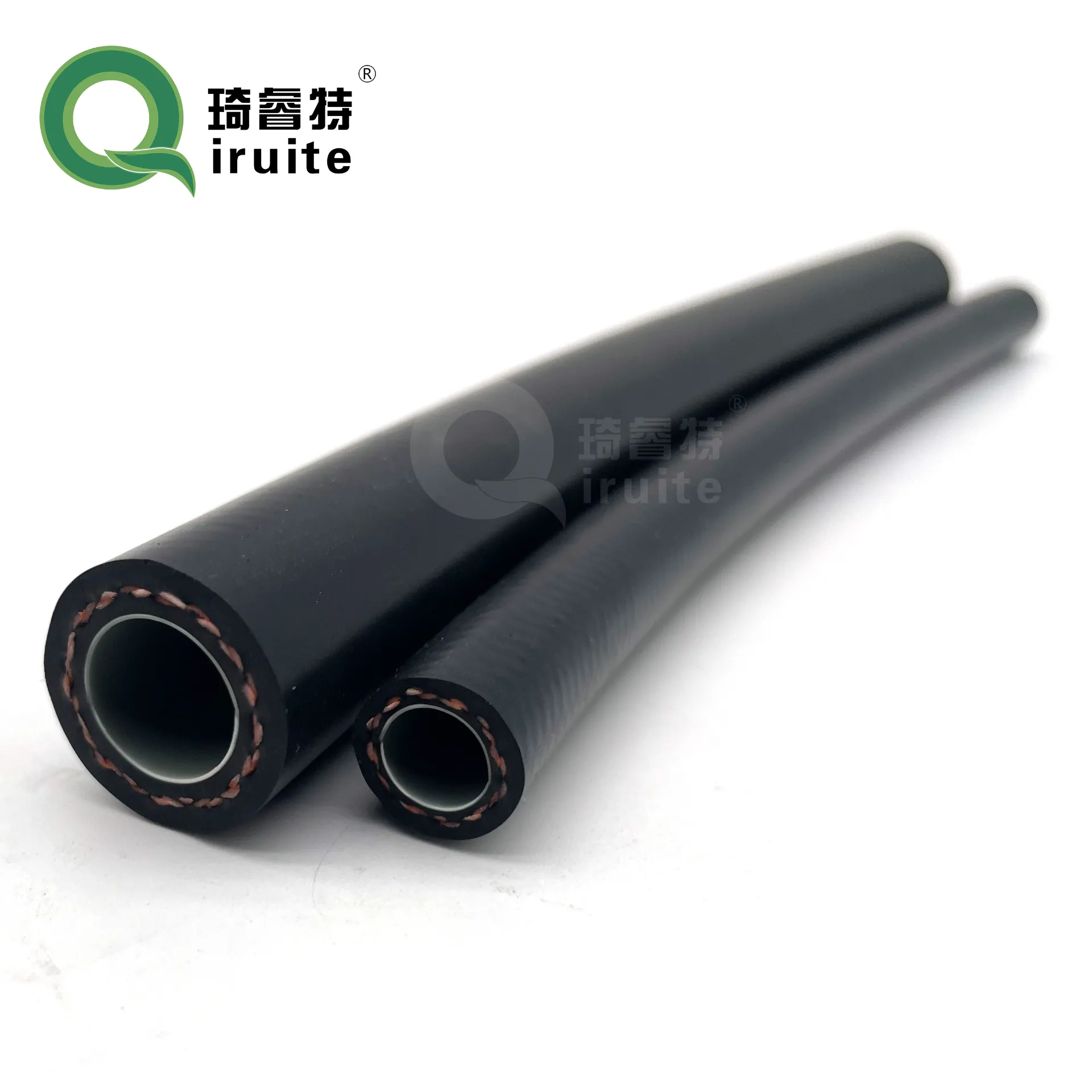Repair Solutions for Leaks in Power Steering Hose Systems and Maintenance Tips
Understanding Holes in Power Steering Hoses Causes, Consequences, and Solutions
Power steering systems are an essential component of modern vehicles, providing the necessary assistance for smooth steering and maneuverability. At the heart of this system are power steering hoses, which transport hydraulic fluid between the power steering pump and the steering gear/rack. However, like any other mechanical component, these hoses can develop issues over time, with one of the most critical problems being the development of holes. Understanding the causes, consequences, and potential solutions for holes in power steering hoses is vital for maintaining vehicle safety and performance.
Causes of Holes in Power Steering Hoses
1. Wear and Tear Power steering hoses are subjected to high pressures and constant flexing, making them susceptible to wear over time. Abrasion against other components or surfaces in the engine bay can gradually create weak points that can eventually evolve into holes.
2. Heat Exposure The hoses are often exposed to high temperatures due to proximity to the engine. Over time, this heat can degrade the material of the hoses, leading to cracking and, ultimately, holes. This is particularly prevalent in older vehicles where aging materials are more vulnerable.
3. Corrosion The hydraulic fluid used in power steering systems can be corrosive. If the fluid deteriorates over time, it can compromise the integrity of the hoses, leading to leaks and holes. Moreover, external factors such as road salt or moisture can exacerbate corrosion.
4. Improper Installation If hoses are incorrectly installed, kinks or excessive bends may occur. This improper fitting can place physical stress on the hoses, increasing the likelihood of hole formation.
5. Contamination The presence of contaminants in the hydraulic fluid, such as dirt, debris, or moisture, can lead to the degradation of the hose material. Over time, this contamination can cause the hoses to fail.
Consequences of Hole Formation
Having a hole in a power steering hose can have dire consequences, both for the vehicle and for the driver. The primary issue is a loss of hydraulic fluid, which can lead to several problems
1. Reduced Steering Assist The main function of power steering is to provide assistance while steering the vehicle. A hole in the hose will cause a drop in hydraulic fluid pressure, resulting in significantly decreased steering assistance. This can make the vehicle harder to steer, especially at lower speeds, and can lead to dangerous situations on the road.
hole in power steering hose

2. Potential for Complete Steering Failure In severe cases, a significant loss of hydraulic fluid could result in total steering failure. This poses an immediate safety risk, as the driver may find it challenging to control the vehicle.
3. Fluid Leaks A hole in the power steering hose will result in hydraulic fluid leakage. This not only affects the vehicle's performance but can also lead to environmental concerns due to the potential for fluid to leak onto the roadway.
4. Component Damage If not addressed promptly, the loss of hydraulic fluid can lead to increased wear on the power steering pump and other related components, resulting in more extensive and costly repairs.
Solutions and Prevention
1. Regular Inspections Drivers should conduct regular checks of their power steering system, including hoses, for signs of wear, leaks, or damage. Catching problems early can prevent significant issues down the line.
2. Fluid Changes Changing the hydraulic fluid at recommended intervals can help minimize contamination and corrosion, extending the life of the hoses.
3. Proper Installation Ensure that hoses are installed according to manufacturer specifications. Avoid kinking or bending the hoses excessively during installation.
4. Replacing Worn Hoses If signs of wear or holes are identified, the hoses should be replaced immediately to maintain the safety and functionality of the power steering system.
5. Utilizing Quality Materials When replacing power steering hoses, use high-quality components that are designed to withstand high pressure and heat.
Conclusion
Holes in power steering hoses can lead to dangerous driving conditions and significant mechanical issues if not addressed. Understanding the causes and consequences allows drivers to take proactive measures to maintain their vehicles effectively. Regular maintenance and timely repairs can ensure that the power steering system continues to operate safely and efficiently, allowing for a smooth driving experience.
-
Ultimate Spiral Protection for Hoses & CablesNewsJun.26,2025
-
The Ultimate Quick-Connect Solutions for Every NeedNewsJun.26,2025
-
SAE J1401 Brake Hose: Reliable Choice for Safe BrakingNewsJun.26,2025
-
Reliable J2064 A/C Hoses for Real-World Cooling NeedsNewsJun.26,2025
-
Heavy-Duty Sewer Jetting Hoses Built to LastNewsJun.26,2025
-
Fix Power Steering Tube Leaks Fast – Durable & Affordable SolutionNewsJun.26,2025

